Brief History of Tungsten Alloy Development
- Details
- Category: Tungsten Information
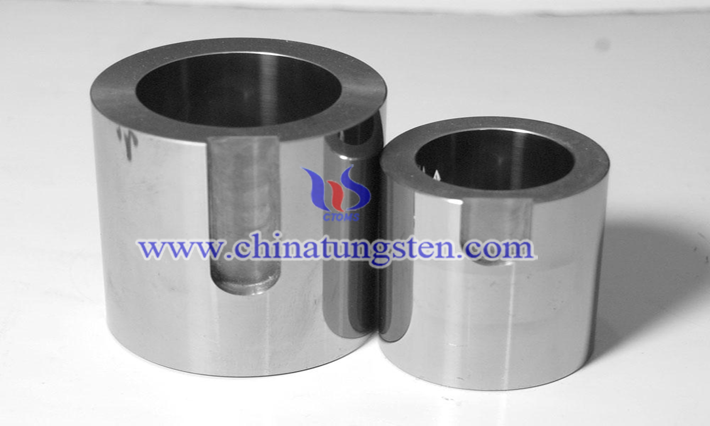
The climax of research on the brief history of tungsten alloy development is mainly pided into the following four stages:
What is Tungsten Alloy?
- Details
- Category: Tungsten Information
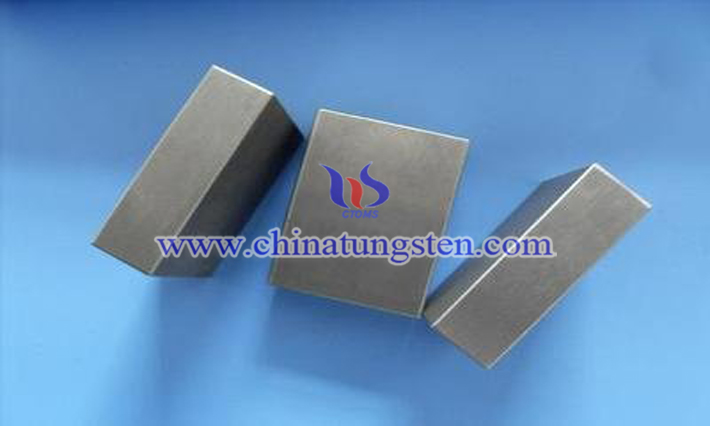
Ⅰ What is Tungsten Alloy?
There are two definitions of tungsten alloy: (1) tungsten alloy in a broad sense: metal materials containing tungsten are collectively called tungsten alloy, such as tungsten-iron alloy, tungsten-copper alloy, tungsten-nickel alloy and cemented carbide; (2) Tungsten alloy in a narrow sense: an alloy material composed of tungsten as a matrix material and a small amount of metal binders such as nickel, copper, iron, cobalt, molybdenum and chromium, also known as high specific gravity tungsten alloy or high density tungsten alloy or heavy alloy.
Tungsten Trioxide Uses
- Details
- Category: Tungsten Information
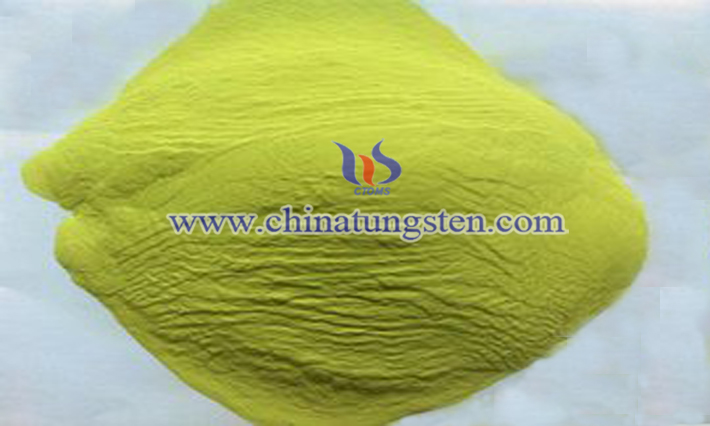
Tungsten Trioxide, also known as tungsten oxide (WO 3), has been widely used in many fields such as petrochemical industry, photoelectric information, national defense and military industry because of its special properties such as catalysis, optics and electricity.
Tungsten Trioxide Properties
- Details
- Category: Tungsten Information
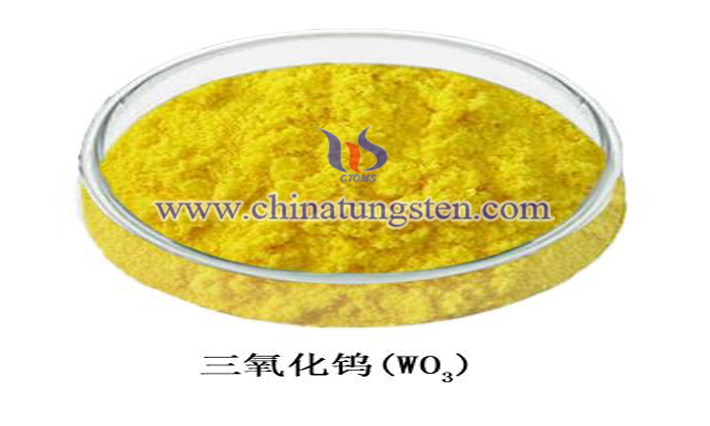
Tungsten trioxide (WO 3), also known as yellow tungsten oxide, is an oxide of tungsten and an N-type semiconductor as well. These two characteristics make tungsten trioxide not only have high density, high boiling point and high melting point, but also have catalytic, optical and electrical properties.
What Is Tungsten Trioxide?
- Details
- Category: Tungsten Information
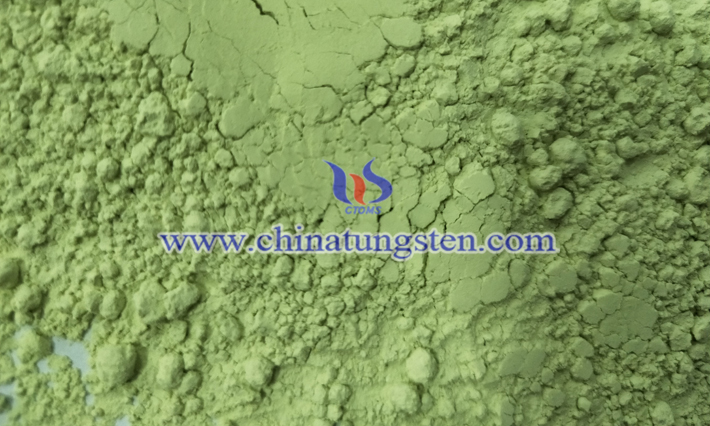
Tungsten trioxide, also known as tungsten anhydride (WO3), is a yellow powder, insoluble in water and alkali, and slightly soluble in acid. Because of its good optical, electrical and gas sensitive properties, it is widely used in life, chemical industry, medical treatment and military affairs.
Sensitive Gas Sensor Based on WO3-Au Nanofibers Prepared from Ammonium Metatungstate
- Details
- Category: Tungsten Information
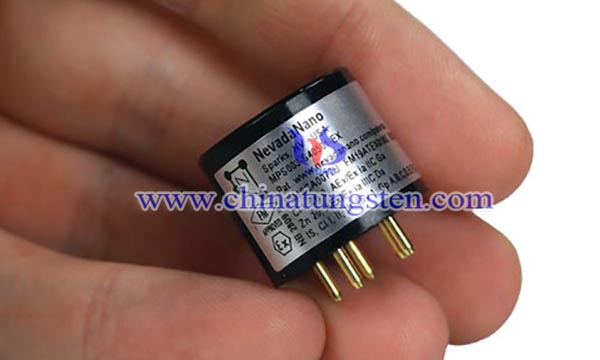
WO3 has extremely high sensitivity for NO2 detection, and has been an ideal material for gas sensor coatings. WO3 has received considerable attention on the potential applications as gas sensors, photocatalyst and electrochromic devices. And it is also reported that doping another kind of oxides into WO3 leads to the formation of semiconductor heterojunction, thus can effectively improve the gas sensitivity of the coatings.
Tungsten–Praseodymium Oxide Composite with Enhanced Physical Properties Prepared by Ammonium Paratungstate
- Details
- Category: Tungsten Information
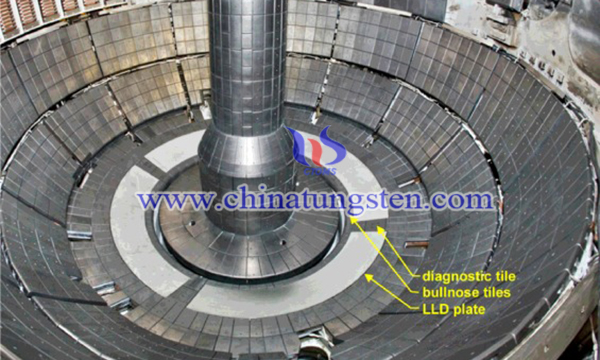
Tungsten is a metal with the highest melting point of 3440 °C. Its excellent physical properties, such as good thermal conductivity and low thermal expansion coefficient, make it widely used in high-temperature applications, including aerospace, nuclear, and the national defence industry. One of the significant applications of tungsten is plasma-facing material, which faces a harsh environment such as high temperature, high nuclear irradiation.
Nanosized Tungsten Bronze by A Thermal Decomposition of Ammonium Metatungstate
- Details
- Category: Tungsten Information
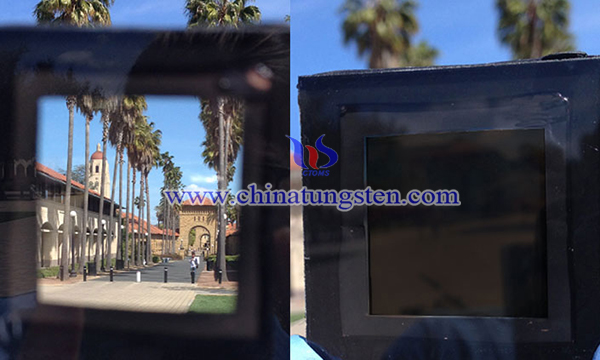
The near-infrared radiation (NIR) absorbers are of fundamental significance in several fields of applications in optical sensors, photothermal energy converter, imaging, NIR stealth cloak, and smart windows.
Tungsten Trioxide Gas Sensor for NO2 Detection
- Details
- Category: Tungsten Information
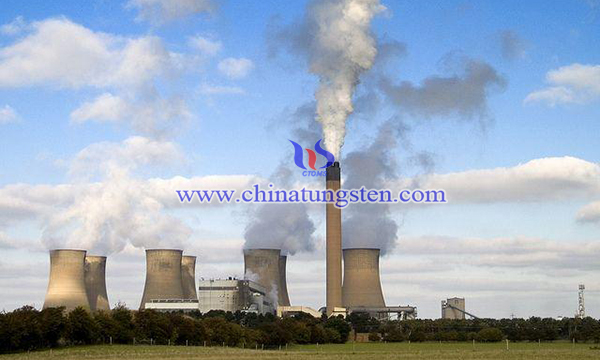
Nitrogen dioxide (NO2) gas is a kind of toxic gas, which is mainly produced by the exhaust gas of burning fossil fuel. Breathing air with a high concentration of NO2 can irritate airways in the human respiratory system. It is reported that the short-term exposure limit of NO2 gas for human body is 1 ppm for 15 min. Thus, gas sensing detection of NO2 gas is very important to protect environment and protect human health. There are drawbacks of low sensing response and low decetion efficiency within common sensors.
Hollow Tungsten Carbide Prepared Using AMT as Enhanced Electrocatalyst for Hydrogen Evolution Reaction
- Details
- Category: Tungsten Information
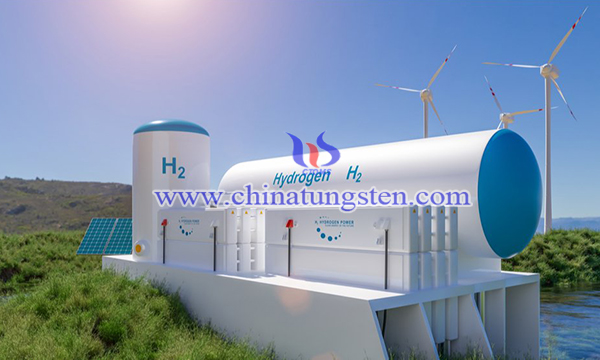
Hydrogen energy is considered as the most promising renewable sources of energy to substitute fossil fuels. It has the advantages of zero-greenhouse emission, abundant resources, and high energy density. The electrocatalytic hydrogen evolution reaction (HER) using water splitting has received intense interest as an environmental-friendly technology consisting of HER and water oxidation reaction (WOR). Although the HER is a clean technology, it requires a high electric energy consumption and a high energetic efficiency. Thus, increasing the photocatalytic efficiency of HER is significantly necessary.




 sales@chinatungsten.com
sales@chinatungsten.com